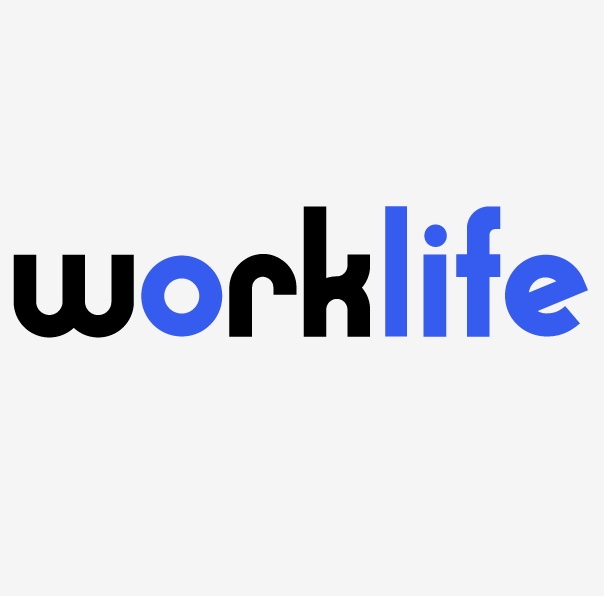
Has anyone actually seen Kluger and Healey together in the same room? For those few who have had the misfortune, one thing is immediately apparent: we are not twins separated at birth (although Schwarzenegger and DeVito were convincing). If asked which one of us was a great basketball player in his glory days, almost all would point to the one of us not vertically challenged. That is a conclusion obviously based on our physical appearance and common sense. But would height factor into your assessment of which one of us is a better lawyer?
When we ask participants in our diversity training program that question, most immediately respond with an emphatic no — they do not equate size and competence. Yet consider that 58% of Fortune 500 CEOs are 6 feet or taller, while only 14.5% of U.S. men are that tall. Even more startling is that 30% of those CEOs are 6’2” or taller, yet only 3.9% of American men hit those heights. So, based on that data, at least one of us concludes that there are a bunch of tall but not-so-smart guys running big companies.
Whether we know it or not, we all make judgments every day regarding the competence and other qualities of people based on physical appearance or countless other superficial variables. If you are not convinced that you have any biases, try some of the Harvard Implicit Association Tests online at https://implicit.harvard.edu/
This last year, we saw Starbucks, Papa John’s and others very publicly jump on the unconscious bias training bandwagon in response to the viral negativity emanating from their respective moments in the bad-diversity spotlight. The important question is whether that training really made anyone wake up and smell the double espresso mocha latte, or was it just a PR stunt to get their buns out of the pizza oven. Regardless of the motivation for diversity training, there can be critically important benefits if the goal is realistic and the delivery appropriate.
Any employer who believes that they can or should try to change the way their employees think should probably hit the reset button. The goal must be to influence the way employees act at work, not what they believe. Workplace diversity training will not undo upbringing, religious beliefs and decades of inherent biases, whether conscious or unconscious, nor should it try. Delivery is critical. We have seen many attempts at unconscious bias training leave participants unconscious. Anyone who lectures employees about diversity, tells the participants how and what to think. and judges those who are not sufficiently PC. will fail miserably. Simply starting the ball rolling on employees recognizing and admitting(at least to themselves), that they have certain preferences that may not be based on fact or merit is a really good start. It’s a homerun if the employee attempts to account for that in their behavior. Our diversity training program is designed with that goal in mind.
The objective for employers cannot be to just avoid discrimination lawsuits. The upside potential of reducing implicit bias in the workplace is huge. The many studies on the subject show that simple awareness of personal prejudices, whether they are based on size, skin color, accent or hair color (you know those blondes), helps enhance teamwork.
When it comes to hiring and promotion, the Harvard Business Review suggests a very clear way to think about the issues. HBR argues that we all have a hidden template of success. Some examples are that when we look at where an applicant went to school, we are deciding whether we think they went to “the right school,” and when we look at where they have worked, we are deciding whether that is a “good company.” We judge whether the applicant’s activities or experiences are similar to ours or are cool, all of which are value judgments which may provide no insight into their likelihood of success. And ultimately, when we judge personality, we think about whether they will be a good fit, all of which can lead to a very homogenous group. The good news: everyone gets along. The bad news: nobody thinks differently, outside the box—which can inhibit growth.
At this time of year, just remember Rudolph. All of the other Reindeer used to laugh and call him names. They never let poor Rudolph join in any Reindeer games. But then when the team really needed him, that really different looking Reindeer came through and kicked some Christmas butt!
Happy Holidays!







